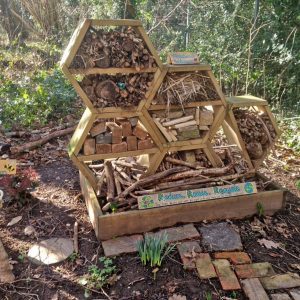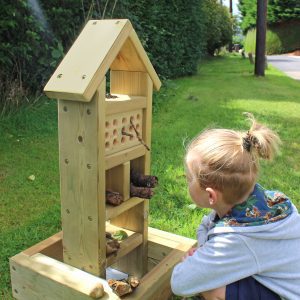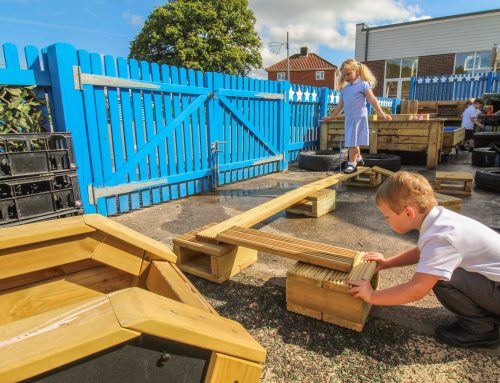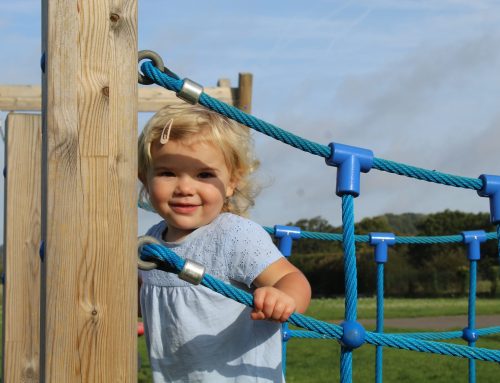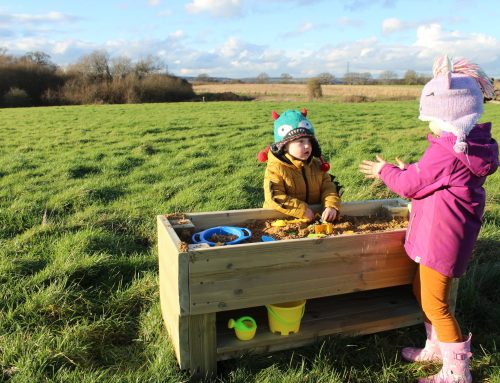Get Ready for Spring: Attract Mini Beasts with Timber Playground Planters
As we eagerly await the arrival of spring, it’s the perfect time to start thinking about what kinds of flowers we can plant in our timber playground planters to attract as many different mini beasts as possible. With the right combination of plants and habitats, we can create vibrant, engaging spaces that not only look beautiful but also support local wildlife.
Introducing the Minibeast Planter
Our Minibeast Planter is designed to do just that—provide a welcoming habitat for creepy crawlies as a natural by-product of growing your own vegetation. The wildflowers you plant will not only create a spectacular display of colours, but their low-maintenance nature makes them an ideal choice for school or nursery playgrounds. Children can easily sprinkle the small seeds into the soil, keep them watered, and watch as their efforts bring life to the planter. The bright colours and vivid fragrances of these flowers will naturally attract a variety of little creatures.
Easy-to-Grow Flowers with a Purpose
Some flowers, like Marigolds and Nasturtiums, are not only easy to grow but also add an extra sensory element because they’re edible! These flowers look great and provide an opportunity for children to explore the tastes and smells of the plants they’ve nurtured. If you want to get even more from your planter, you could try growing some fruits, berries, or even vegetables. This not only adds to the sensory experience but also offers a chance to teach children where our food comes from and how satisfying it is to grow it themselves.
Creating a Cosy Bug Hotel
Once your planter is filled with beautiful flowers, it’s time to think about what you can add to your bug hotel to make it a comfortable home for your new residents. Different species enjoy different environments, so it’s important to include a variety of materials. For example, rotten logs at the bottom of the planter are great for woodlice and beetles, while bees prefer items like straw or dry sticks for burrowing. Encourage the children to observe the local area and see what materials the creatures there are already using to create their homes. The goal is to mimic these natural habitats as closely as possible without disturbing the environment.
Bugs love little nooks and crannies, which are easy to create within the planter using dry leaves, pieces of bark, and pinecones. These materials are often readily available in wooded areas. Larger items like rocks and logs should be placed towards the bottom of the planter, with gaps filled in using damp leaves or moss to create a moist environment that many bugs will love.
Choosing the Perfect Spot
To help life flourish in your planter, place it near trees or hedgerows where it can be sheltered from the elements. Once your bug hotel is complete, try to leave it undisturbed. Nature will take its course, and with a little patience, your planter will soon become a bustling hub of activity. Watching this process unfold can be a magical experience for children and adults alike.
Incorporating the Bug Hotel into Lessons
Your busy little bug hotel can also be a valuable educational tool. Use it in math and science lessons to research and record data on the types of insects and the numbers you find. Or, incorporate it into language lessons by having the children write letters to your local MP to share the success of this ecological project. The possibilities are endless!
Share Your Success!
Whatever you decide to do with your timber playground planters, we’d love to see your ideas in action. Please share pictures of your planters with us so we can celebrate the wonderful ways you’re bringing nature to life in your playground.
Let’s make this spring a season of growth, learning, and fun! 🌸🦋

